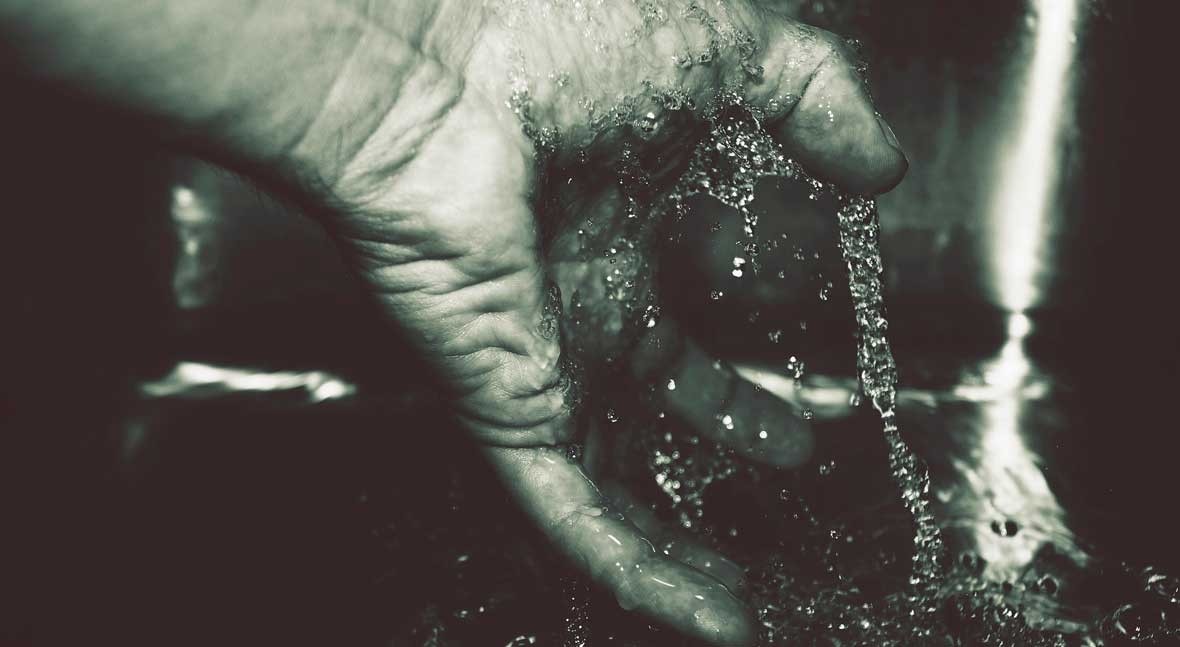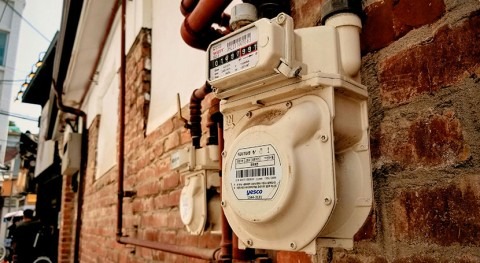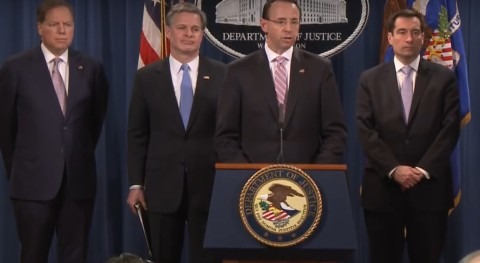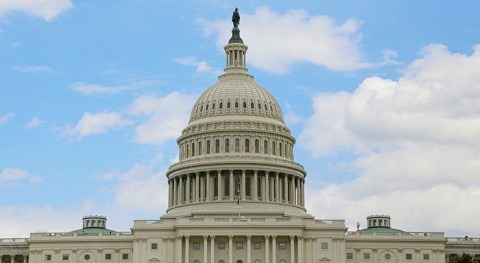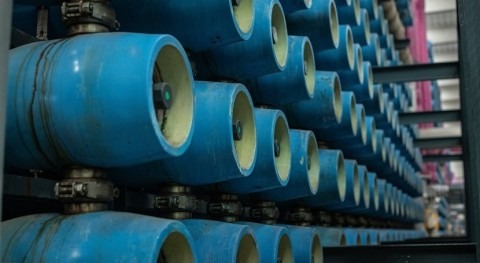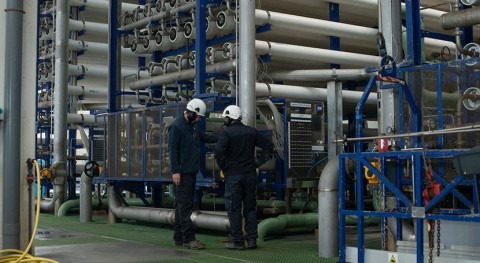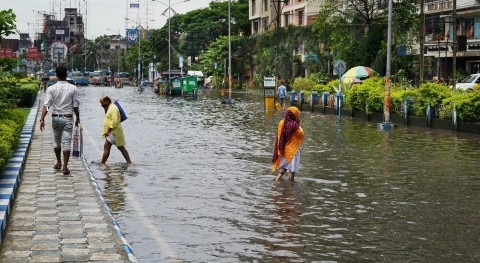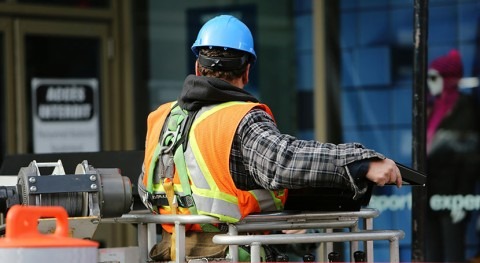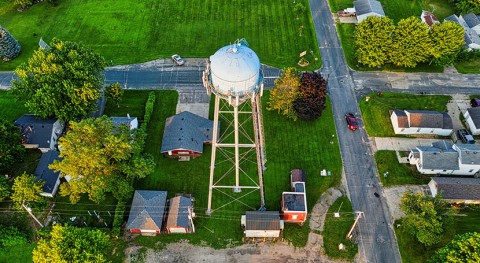Millions of city dwellers in the US face a water affordability crisis and risk service disconnection and even losing their homes, according to a study on the affordability of water and sanitation services in 12 US cities commissioned by The Guardian. Tariffs are increased to help address issues like ageing infrastructure, environmental clean-ups, climate change and changing demographics, amid declining federal aid for public water utilities.
The analysis measured affordability based on bill burden: water and sanitation bills that make up more than 4% of the annual household income were considered a burden. The results show that water affordability is an issue not just for the poorest segment of the population, but more and more for working citizens.
Economist Roger Colton, hired by The Guardian to do this water poverty study, said “the data shows that we’ve got an affordability problem in an overwhelming number of cities nationwide that didn’t exist a decade ago, or even two or three years ago in some cities”. The analysis found tariffs rose in average by 80% from 2010 to 2018. The increase over that time ranges from at least 27%, to a stunning 154% in Austin, Texas.
In the US there is no regulatory entity to monitor utility rates and performance. Moreover, typically poor people are agglomerated in certain areas and local governments have the responsibility for raising revenue to pay for services.
The investigation shows that water poverty can become even worse in the coming years, as bills become unaffordable for low income residents (defined as those living under 200% of the federal poverty line) in many cities. Howard Neukrug, director of the water centre at the University of Pennsylvania and formerly the head of the city’s water department, noted “The bottom line is that assuming there’s no federal helicopter with $1tn, rates are going to go up dramatically to pay for infrastructure and quality issues”.
Utilities have postponed maintenance and clean-up projects for years, contributing to current problems with infrastructure and contaminants. Bluefield Research analysts have found more than $6bn are lost annually due to water leaks.
In this scenario of rising costs and unaffordability, measures such as water shutoffs and liens are increasingly used. A lien allows someone to take the property of a person who has a debt; liens can force residents to leave their homes just like mortgage foreclosures. The only national-level study on water affordability, done by Food and Water Watch, revealed 1 out of 20 households had their water shut off in 2016. It is not known how many of them managed to pay their debt and get the service back or eventually do live without water.
Affordable water is possible. Colton worked alongside the city of Philadelphia to create a tiered assistance programme (TAP), based on people’s ability to pay. In 2017 about 40% of water users owed money, a total of $242m in uncollected revenue. Current water debt is passed down through generations as a lien. A recent initiative by the city will forgive water debts to those enrolled in the TAP program after two years of compliance.
As the coronavirus health crisis spread across the US, leaders took action: water shutoffs were suspended in many US cities and a number of states issued moratoria, although those without water services because of unpaid bills were only reconnected in some cases. Financial aid to help families and utilities keep water running was excluded from federal rescue packages.
Coronavirus relief proposals by the Democrats did include $1.5 billion to help low income households pay for residential water bills; water poverty remains a priority and is addressed in a provision of the Health and Economic Recovery Omnibus Emergency Solutions Act (Heroes Act), a $3tn Covid-19 relief bill put forward by the House of Representatives. $1.5bn in grants would be allocated to states and tribes to provide drinking water and wastewater assistance to low-income households.
Ronda Lee Chapman, Senior Associate at Policy Link, has analysed for The Guardian how the coronavirus revealed environmental justice issues concerning access to safe water, with a disproportionate impact on “environmental justice communities”: minority, low-income, tribal, or indigenous populations or geographic locations in the United States that potentially experience disproportionate environmental harms and risks. But the crisis also brings on opportunities, as Chapman pointed out: “if Congress takes full advantage of this current crisis, it will not only rectify a profound injustice by helping to speed the flow of safe and affordable water to millions, it will be making a down payment on the long-term investments needed to build the next generation of sustainable, green and publicly owned water infrastructure.”


